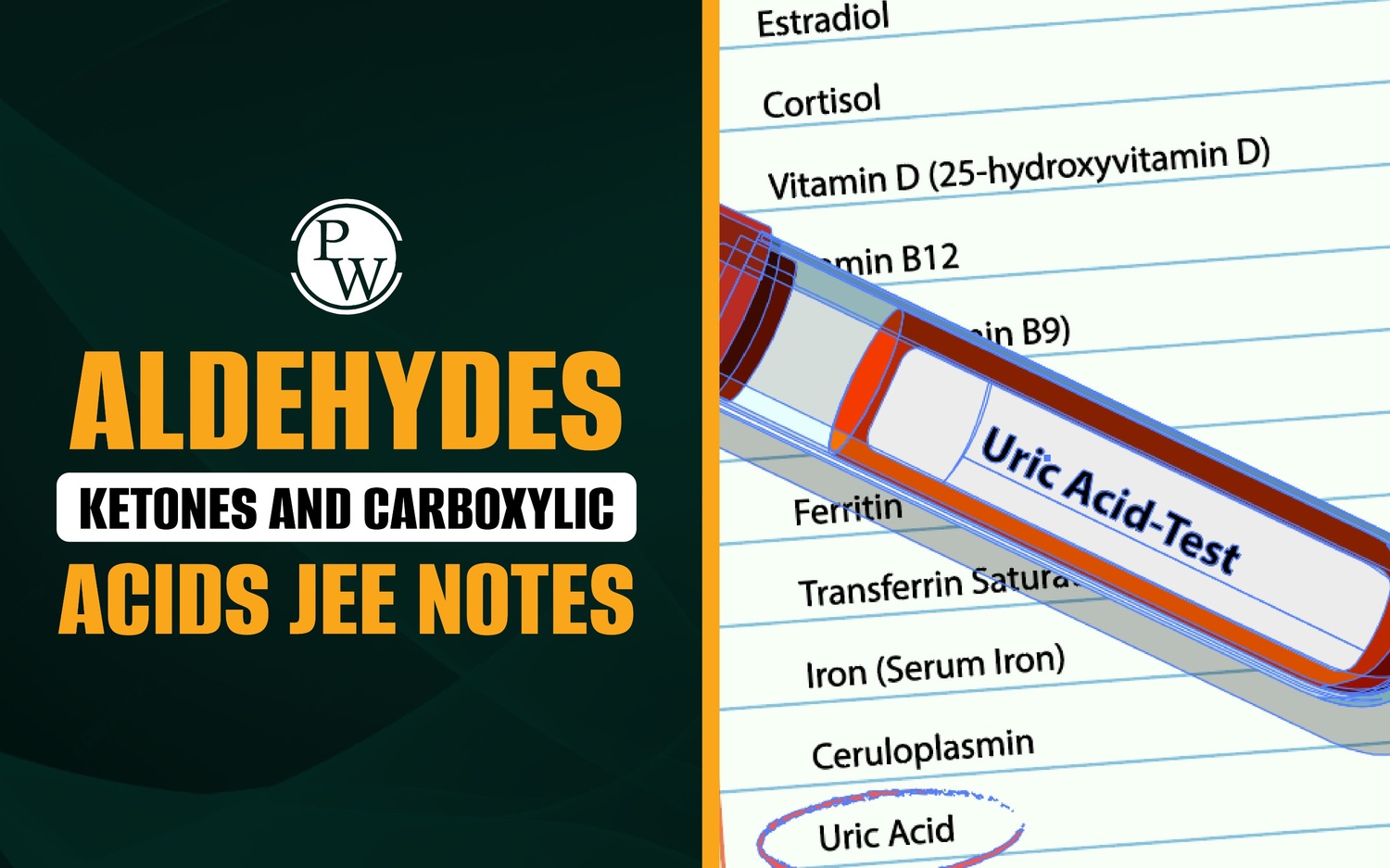

Electrostatics Of Conductors : We can classify materials according to the flow of electric current through them. They are conductors, insulators, and semiconductors. In this article, we will discuss the behavior of conductors in electrostatic conditions.
Conductor And Its Properties : Materials which contains a large number of free electrons which can move freely inside it are called conductors. In static situation, there won’t be any excess charge inside the conductor. All the charges reside on the surface of conductor. At the surface of the conductor, electric field will be normal to the surface at every point and inside the conductor electric field is zero.
Electric potential will have a constant value throughout the volume of the conductor. Since
E
= 0 inside the conductor,
Therefore
V
is constant.
Electric field at the surface of the conductor is given by
while
is the unit vector normal to the surface.
When conductor is grounded its potential becomes zero. When two conductors are connected, charge will flow until their potential becomes equal.
Electrostatics Of Conductors : Electrostatic Shielding
Electrostatic Shielding : If a conductor contains a cavity and no charge present inside the cavity, then net charge on the surface of the cavity will be zero. That means, charges will always reside only on the outer surface of the conductor. This is called electrostatic shielding. The potential inside the cavity will be equal to the potential inside the material of the conductor which is same as potential on the surface of the conductor.
The electric field inside the cavity and inside the material of the conductor is zero. But, the electric field on the surface of the charged conductor is not zero. If the surface is not spherical, the charge is not uniformly distributed on the surface of the conductor. At the sharp points or edges, the surface charge density will be higher and hence the electric field will be strong.
When the surface charge densities σ
1
and σ
2
corresponding to the portions with radii of curvatures
r
1
and
r
2
respectively, then,
Electrostatics Of Conductors : Concentric Spheres
Concentric Spheres : Suppose a conducting shell with charge q is surrounded by another large conducting shell with no charge. Even though the net charge on the outer shell is zero, charges − q and + q will be induced on its inner and outer surface, respectively.
If the outer shell is earthed, the free charge on the outer surface goes to the earth but inner charge remains bounded.
Now, if the inner shell is unchanged and outer shell consists a charge q 1 on it, no charge will be developed on the inner shell. If the inner shell is earthed, some charges q 2 will be developed so that its potential becomes zero.
i.e.,
Electrostatics Of Conductors : Sharing Of Charges
Sharing Of Charges : Consider two spherical shells of radii R 1 and R 2 having charges Q 1 and Q 2 respectively are separated by large distance are joined by a conducting wire.
Charge will flow from one to another until the potential on both spherical shell become equal. Let the final charges on spheres are q 1 and q 2 respectively.
...(i)
Also,
...(ii)
From (i) and (ii),
Also,
Electrostatics Of Conductors : Electrostatic Pressure
Electrostatic Pressure : Consider we have a charged conductor. The charge will be uniformly distributed on the surface of the conductor. As all are like charges, a repulsive force acts by the charge on the rest of the charges. The total force acting on the surface of the conductor is the vector addition of force acting on all the small elements.
Electric field inside the conductor is zero and outside the conductor is
Force acting on the surface,
The electrostatic pressure is given by
Electrostatics Of Conductors Example
Example 1:
Consider the following system & find
Sol.
Example 2: Two conducting hollow spherical shells of radii R and 2 R carry charges − Q and 3 Q respectively. How much charge will flow into the earth if inner shell is grounded?
Sol. When inner shell is grounded to the Earth then the potential of inner shell will become zero because potential of the Earth is taken to be zero.
the charge that has increased
hence charge flows into the Earth
Electrostatics Of Conductors FAQs
Q.1 : What is meant by electric potential?
Q.2 : Can electric potential have negative values?
3. What is an electric field?
Q.4. What is an electric conductor?












